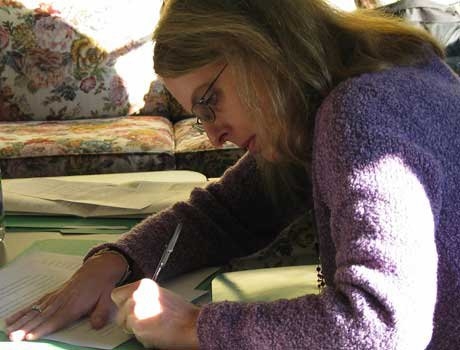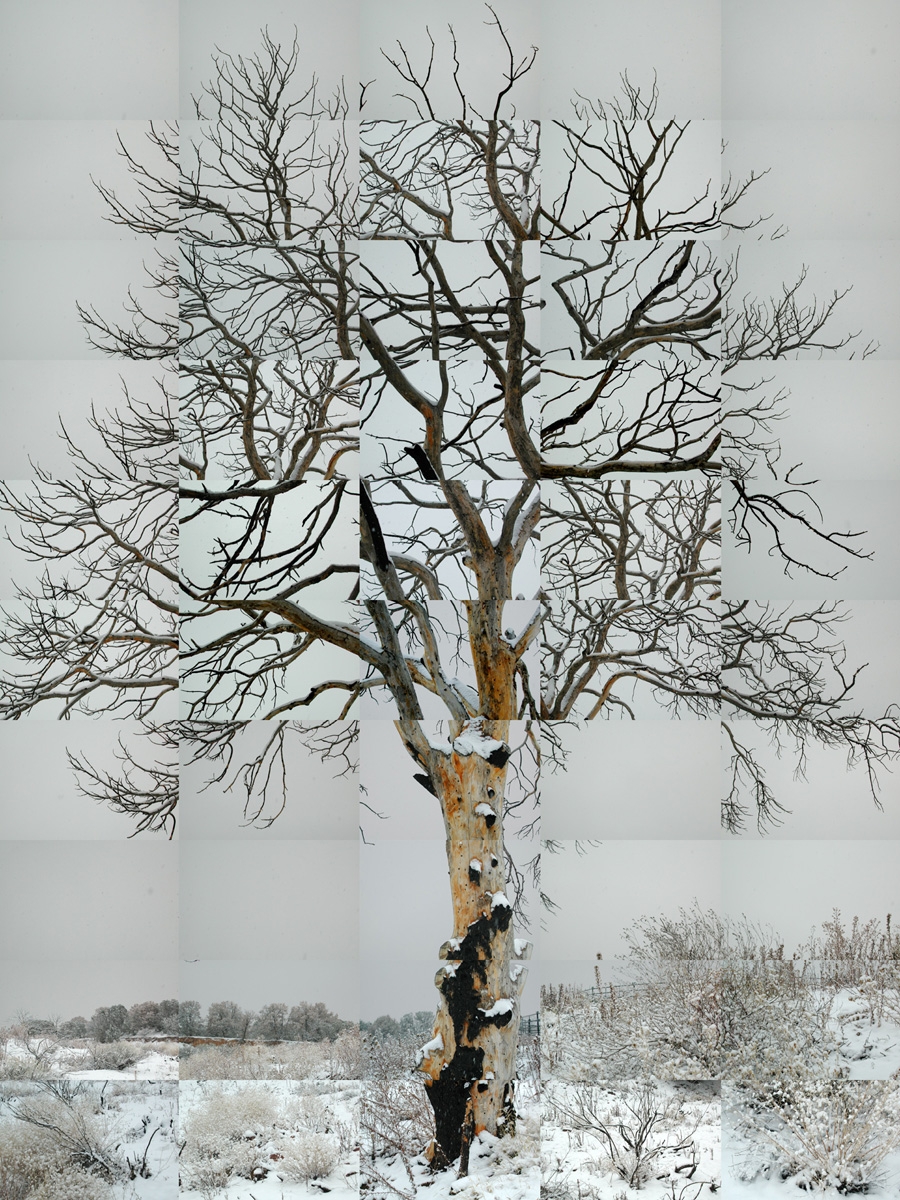
Mary Akers: Hi, Anne. Thanks for agreeing to speak with us today. I loved your short story “The Keeper of the Truth.” It’s so raw and basic–that need we all have to save our loved ones from harm, even when the harm being done to them is coming from inside their own minds and bodies. It’s a helpless, tragic feeling when we find out that we can’t actually help, or that our “helping” may even have done more harm than good. The last few lines of the story I found especially moving:
“Maybe that’s what she was best at – sitting and watching. It didn’t really matter. There were no visionaries, or special spirits, or gifted hearts. Only people who broke the rules. And others who covered their nakedness, kept them safe, and loved them so blindly that they never grew up or improved in any way.”
I’m curious, what life experiences did you draw on to capture that helpless feeling so well in The Keeper of the Truth?
Anne Leigh Parrish: I’ve known a lot of people who were compromised by personal weakness. Of course, to a certain extent, we all are, but I mean people who really can’t rise above their neediness and the impulse to escape. Sadly, the person who comes to mind was my father’s second wife (now deceased). She had a terrible drinking problem that my father sometimes acknowledged, and most of time enabled. He had this concept of “controlled drinking,” where you could limit your intake to a prescribed amount every day. It never worked.
MA: I like the title you chose for this piece. I think a lot about Truth (capital T) and what it is at its core, as well as how others define it, loosely or rigidly. I see an exploration of Truth in your story, especially in regards to who “owns” it…and/or “keeps” it and what our personal obligations are to it. Which sister’s truth is the real truth? Does Psychic Gwen offer Emily a truer truth? If we each “own” our own truths, are we obligated to accept another’s version of truth, no matter how skewed it appears to us? I’m not asking you to directly answer these questions, just throwing them out there to show my own thoughts after reading your fine story. But here’s the question I’ll put to you: Did you set out to make this piece an exploration of Truth?
ALP: I set out to make this a story of being blind to the truth, while at the same time keeping it, or knowing it, I should say. How truth can live inside a person and be ignored or dismissed. Truth shows up unexpectedly, in the form of a weary acceptance of a situation that shows no sign of improving, only of going on the way it always has.
MA: What other themes (besides Truth) do you think run through this story? How about themes that run through your work as a whole?
ALP: Loneliness runs through the story, primarily Emily’s. I think if she weren’t lonely, she wouldn’t tolerate her sister’s excesses so easily. Not that her tolerance comes easily, but she’s used to it, to the roller coaster ride it causes. Overall, I think truth is a theme that runs through my work, along with the constant struggle to accept or improve one’s circumstances in life.

MA: Speaking of your work as a whole, the cover of your recently released collection of short fiction (All the Roads That Lead from Home, Press 53) is gorgeous! Could you describe the process of finding and deciding on the right cover image for the book?
ALP: I give all credit for that to my publisher, Kevin Morgan Watson. I’d like to add that when I saw the photograph, I thought at once how much it evoked my own memories of where so many of the collection’s stories are set, in upstate New York. Imagine how surprised I was to learn, after I contacted the photographer, that she’s from Puyallup, Washington, just down the road (more or less) from where I live in Seattle.
MA: I’m looking forward to reading your collection. I was especially taken with the blurb from C. Michael Curtis, which reads in part,
“…Parrish writes with painful clarity about marriages turned sour, children at war with their parents, women drifting from one damaging relationship to another, and about unexpected acts of generosity—an impoverished woman giving her battered piano to a priest who had befriended her, a schoolgirl who bribes a boy to pretend an interest in an overweight classmate, then finds that her kindness has disastrous consequences. These are potent and artful stories, from a writer who warrants attentive reading.”
That’s a wonderful description. Do you feel like he picked up on the core of what you write about? What would you most like to see a reader “take away” from a reading of your book?
ALP: That it’s possible to make better choices, or to at least to see and appreciate the failure of earlier choices. Also that redemption comes through patience and understanding.

Pinon, Santa Fe, New Mexico, 2004
MA: Our illustrator, Matthew Chase-Daniel, selected a beautiful image to illustrate your story. I’m often struck by the ways that writers and readers find something personal to relate to in the /images chosen for written work. Did you find any personal meaning in the image selected for “The Keeper of the Truth”?
ALP: Absolutely. The tree is bare, like a tired soul. The photograph was taken in winter, which is when the story begins. And the multiple /images which form a Cubist effect are very much like Emily seeing one small piece of her existence with her sister at a time, rather than a solid whole.
MA: Brilliant. I like your take on the illustration. And one final question: what does “recovery” mean to you?
ALP: Recovery means putting the past behind and moving forward. It means forming a attitude that welcomes positive change, and the strength to challenge our negative urges and drives. Recovery isn’t final. It’s the start of a better way of life, a process of improvement.

Pingback: “The Keeper of the Truth” by Anne Leigh Parrish | Rkvry Quarterly Literary Journal